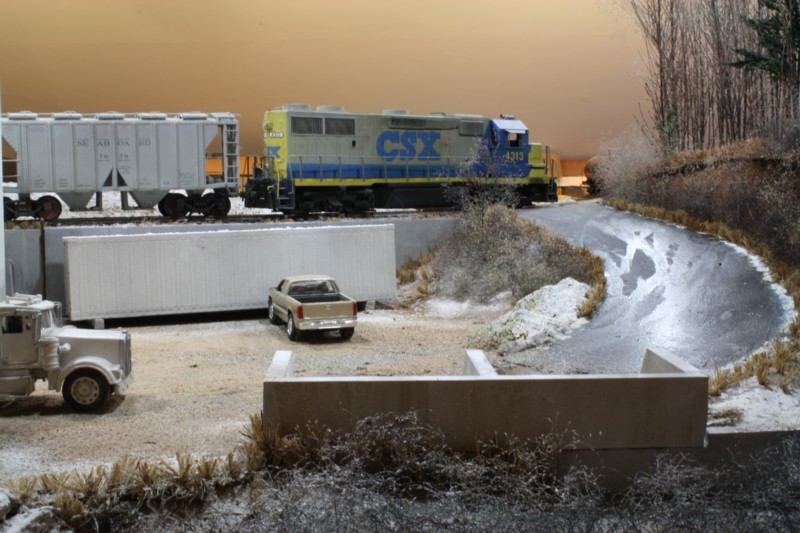“Black Ice” Virtuoso model and photo by Bob Springs
Virtuosity: Masterly skill or technique in the arts.
Many years ago I attended a talk at a sales convention given by motivational speaker Peter Vidmar, the highest scoring American gymnast in Olympic history. The subject of the talk centered on what it took to be the absolute best in gymnastics and how the same principles applied to many endeavors. Gymnastics is a highly competitive sport. At the Olympic level many of the athletes have the ability to perform the events with technical perfection. So, if every competitor performs perfectly from a technical standpoint, how do you separate a gold medal performance from the others?
The answer is virtuosity, that difficult to define, impossible to quantify, artistic element that separates the best from the technically great. Virtuosity is what separates a CAD drawing from Da Vinci, it separates Fantasia Barrino’s rendition of ‘Summer Time’ from a very entertaining cruise ship performer.
Virtuosity applies to model railroading as well. Every month we see models that are technically correct in every way and fully deserving of adorning the magazine covers they appear upon. Attaining that admirable achievement however, doesn’t mean the modeler has hit that upper one half of one percent that brings it to the level of a virtuoso performance.
The litmus test is this; does the model create an emotional impact? Does it rise above being merely interesting? Does it instill a mood? You can’t reach that level in model building through technical competence alone, you have to have an emotional connection to the subject and have the artistic ability to interpret, re-create, and present it in miniature.
Virtuosity is attainable. It’s not about expensive tools or large basements. It’s not about triple stack viaducts with red locomotives on each level. It starts with a mindset and an ability to recognize and appreciate the beauty and grace in the most ordinary of subjects. It’s about scene composition, color, texture, and execution.
I challenge many of the well known modelers out there that attained technical mastery decades ago and have reached a plateau. Some have taken the hobby as far as they want to take it and that’s fine. To others I offer the observation that they haven’t peaked and whether they realize it or not, there is another rung of the ladder above them and reaching for it will re-energize their passion for the hobby.
The more modelers that go beyond technical competence and reach for artistic mastery, the better off the hobby will be. The more virtuoso modeling performances there are, the more people will be drawn to the hobby and the more energy and buzz there will be for those already in it.
